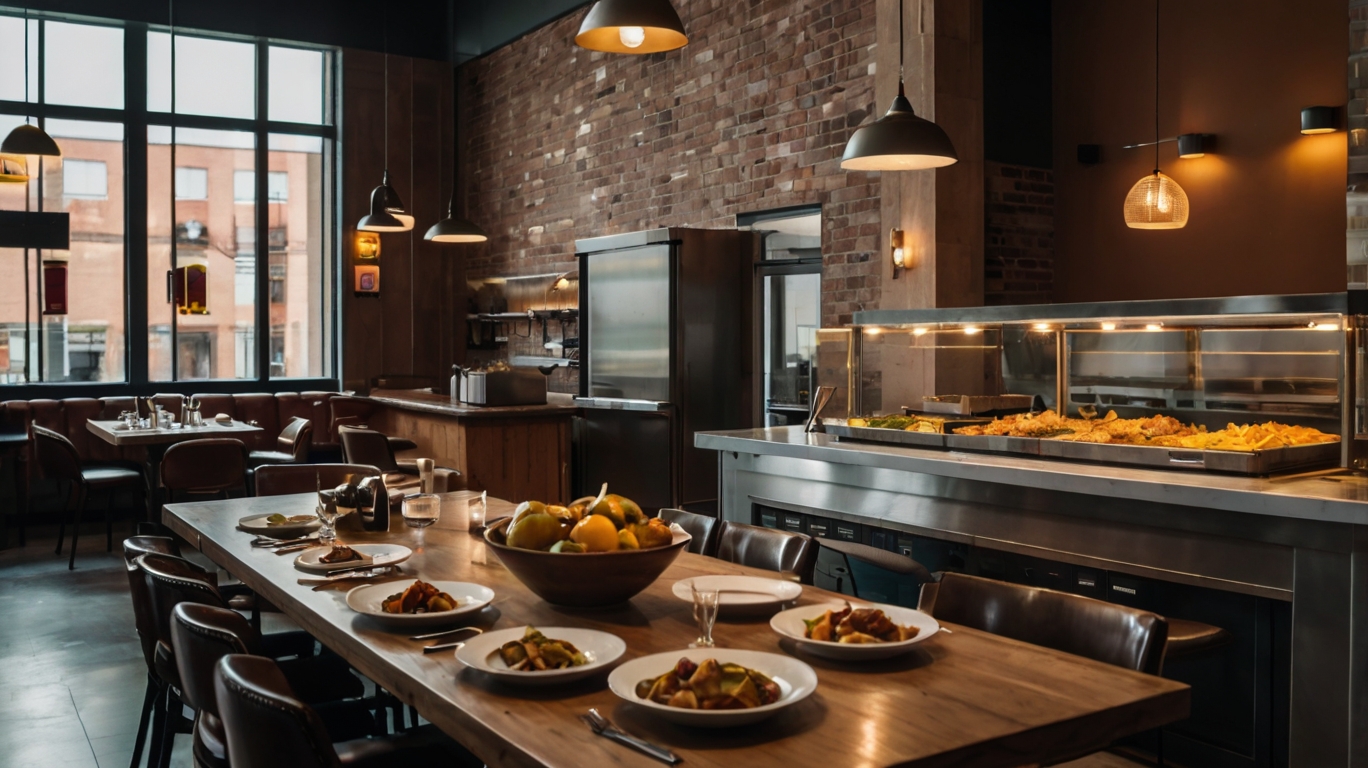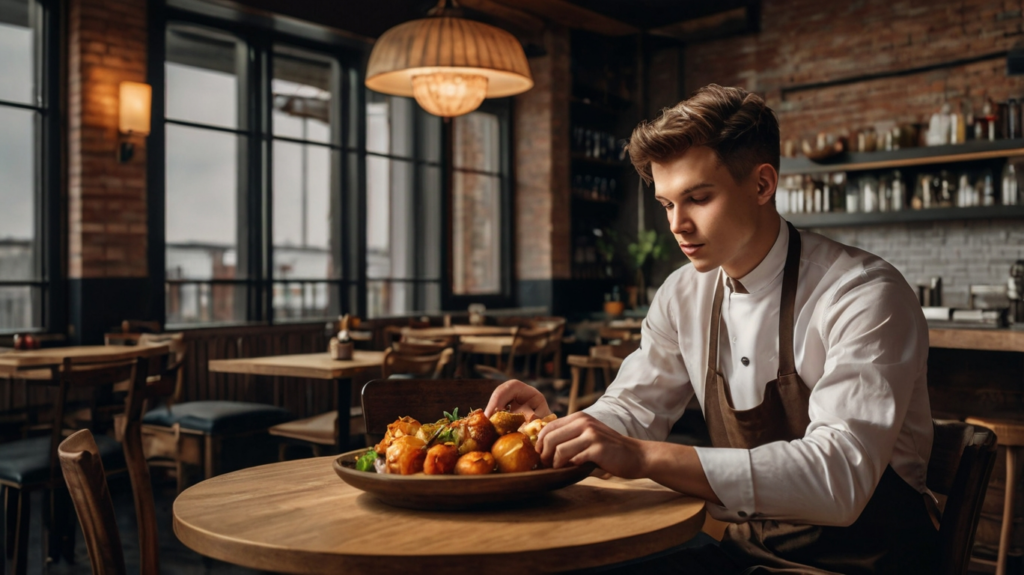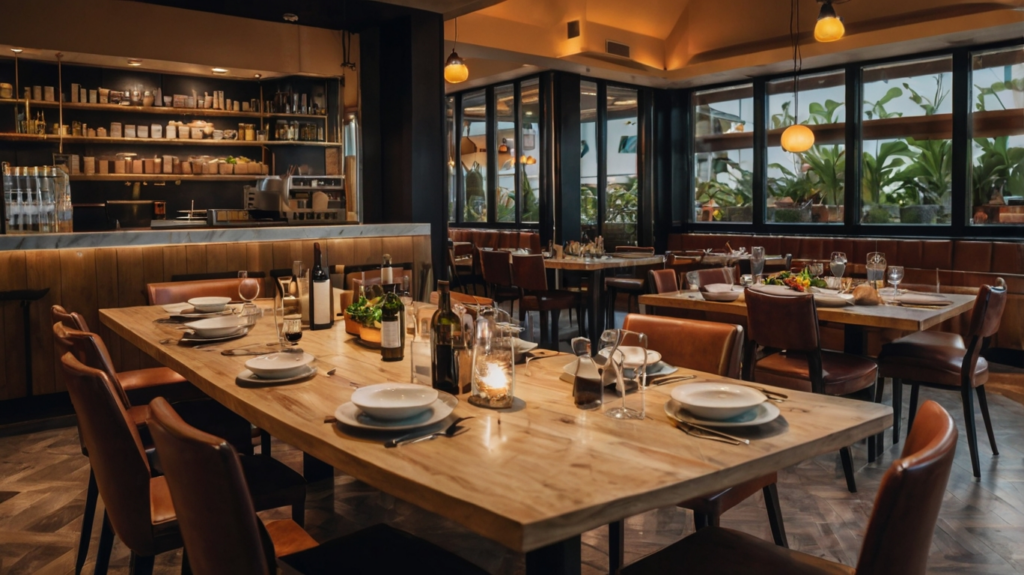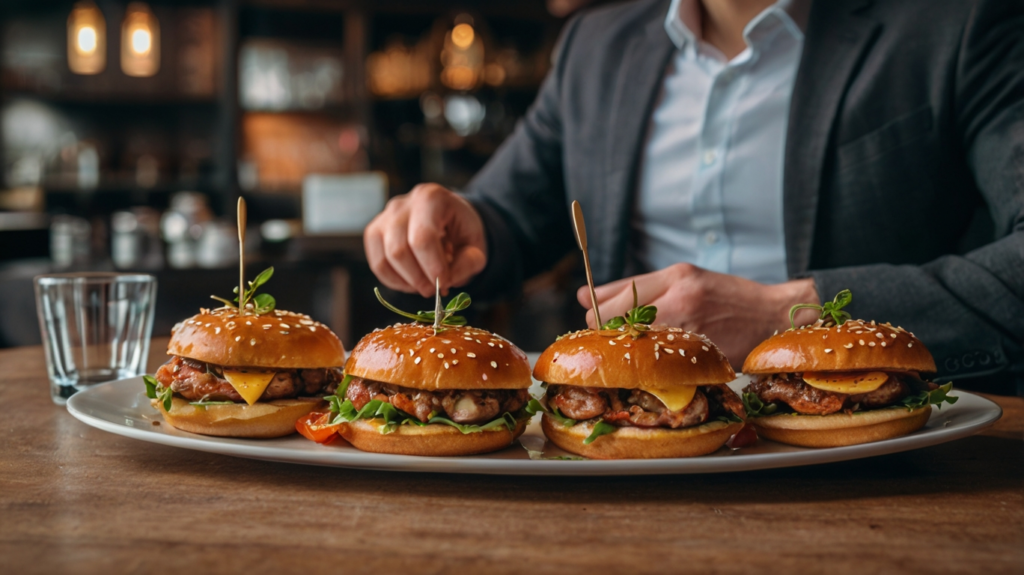
By Margaret Nguyen June 19, 2025
One of the most difficult things restaurant owners have to do is manage food cost. With food costs climbing and profit margins shrinking, a slight misstep can take a bite out of your bottom line. But managing food cost is about more than just haggling with suppliers. It incorporates smart inventory management and portion control to cutting waste and training your staff.
And simply, implementing tools such as a payment processor and PCI compliant processes can speed the process and reduce wastage. In this blog we’re sharing some tips to control food cost in restaurant and to make sure you get the most out of your food spending and still have quality meals.
Understanding Food Cost and Why It Matters
Food cost is the amount of your restaurant’s revenue that’s spent on food. It is a performance metric that impacts your bottom line. The formula is simple:
Food Cost (%) = (Cost of Goods Sold / Revenue) × 100
For instance, if you have food sales of $1,00,000 and cost of goods sold (COGS) is $30,000, then your food cost will be 30%.
The two most important categories of food cost to monitor:
- Theoretical Food Cost: This is the ideal cost based on your recipes and portion sizes—if everything is done perfectly.
- Actual Food Cost: This reflects real-world spending, accounting for waste, spoilage, theft, or portion inconsistencies.
Analyzing the gap between those can help you pinpoint inefficiencies and lower hidden losses.
Consequences of Poor Food Cost Management
Failing to control food cost in restaurant has severe ripple effects. It directly eats your profit margins first, meaning there’s less room for expansion. Count the money you lose on spoilage, over-portioning and poor inventory practices.

Second, waste may arise from inefficiencies in procurement or storage. These problems can, over time, stop you from re-investing in new equipment, staff learning, or innovation. Moreover, at the worst of times, it can render your restaurant financially untenable.
Inventory Management Strategies to Control Food Cost in Restaurant
Here is how why inventory management is essential to control food cost in restaurant:
Track Real-Time Inventory
It’s important to keep track of what’s in your stockroom to cut down on food waste and avoid theft. Through POS-integrated inventory tracking systems, restaurant owners are able to track stock in real time. This way, you’ll know exactly what’s on hand, what’s getting low, and when it’s time to order more.
Having your inventory management system work in tandem with online payment processors improves accuracy. Once an item is sold, it automatically comes off the shelf and is no longer in stock, so no more manuall errors to over order. These systems also produce reporting, which is used in forecasting and decision making.
Set Par Levels and Conduct Regular Audits
Setting “par levels” (minimum stock requirements for each item) helps to prevent over-purchasing and spoilage. If levels are established, the inventory can be resupplied on an as-needed basis.

Make sure to conduct regular audits, preferably weekly and even daily, to catch discrepancies in time. Getting the right tools and mobile apps can make it easier and faster to conduct inventory counts that you can sync up with your system for better visibility.
Optimize Supplier Contracts and Ordering Schedules
Smart ordering goes a long way in food cost control. Negotiate bulk discounts with reliable suppliers and adjust delivery frequencies to match demand patterns. This ensures you’re not overstocking perishable items or placing frequent low-volume orders.
Also, deploy software that supports invoice matching with digital payments. This not only helps to ensure accurate invoicing, but also prevents double-billing and late payments, enabling you to manage your vendor relationships with confidence.
Menu Engineering to Maximize Profits
Menus have also a great impact to control food cost in restaurant. Here is how:
Calculate Contribution Margins Per Item
Not all of the items on the menu are created equal. Determine the contribution margin (selling price minus food cost) for each dish to identify which ones land you most revenue.
When you have the margins down, cut or change the low performing things. Concentrate on increasing the sales of high margin items so that profitability can rise without increasing price points across the board.
Design Menus to Influence Choices
How your menu looks influences what your customers order. Use menu psychology techniques, like placing profitable items in the golden triangle (top right, top center, and top left areas) and avoiding currency symbols.

Highlight low-cost, high-margin items with icons, boxes, or chef recommendations. Grouping similar items also makes it easier for customers to compare and choose higher-value options.
Use Digital Payment Data to Analyze Trends
Your payment processor can give you a treasure trove of information. To examine the sales data which will allow you to discovēr the popular products, seasonal trends and customer buying behaviour.
This knowledge can feed into menu changes, promotion scheduling, and inventory buys. For example, if weekend sales for a low-cost dish are higher, you might try featuring it on your menu, or create a value bundle.
Reduce Waste and Improve Kitchen Efficiency
Managing food cost in restaurant goes beyond purchasing well or pricing correctly. It also depends on a deep commitment to waste reduction and kitchen efficiency. Simple alterations in how food is handled, prepared, and stored can result in huge savings.
Portion Control and Standardized Recipes
Consistent portion sizes eliminate over-serving and waste. Teach your staff to take measurements and follow standardized recipes for each of your dish. This way every serving comes at the same cost and quality.
Another smart move is cross-utilization of ingredients across the menu. It reduces perishable inventory you need to keep and manages food cost for a restaurant very well.
First-In-First-Out (FIFO) Method
The practice of FIFO minimizes waste. Always use older inventory first and mark with received dates so it’s clear what was in your shelf for the longest.
Teach your staff to rotate stock properly, and make them accountable for waste and inventory tracking. By following this technique you’ll keep food costs down while still serving fresh and flavorful dishes.
Training and Monitoring Staff
Your staff also plays a crucial role to control food cost in restaurant. Here is how you can train and encourage them for the same:
Educate on Food Cost Awareness
Everyone in the kitchen should understand how their actions affect the bottom line. Build a culture where cost awareness is valued.

Reward staff for reducing waste, following recipes, or hitting portion goals. Performance-based incentives can turn every team member into a cost-saving contributor.
Monitor Staff Theft or Errors
Staff mistakes or theft can quietly drain your profits. Use your POS system to track voided transactions, discounts, or unusual patterns. Link your POS with a PCI-compliant payment processor for secure transactions and full visibility. This helps identify red flags quickly and prevent revenue leakage.
Partnering with the Right Payment Processor
Use a Transparent and Cost-Effective Processor
A good payment processor not only saves you money but also reduces financial stress. Choose a provider that offers flat-rate pricing or low interchange fees—and no hidden charges.
Avoid processors that penalize you for chargebacks or impose unexpected service costs.
Real-Time Sales Data to Inform Food Cost Decisions
Smart processors sync seamlessly with accounting or inventory tools. With real-time sales data, you can make better decisions about purchasing, staffing, and menu adjustments.
You’ll also be able to track which dishes are selling the most and when—perfect for aligning your kitchen with customer demand.
PCI Compliance for Safe Transactions
PCI compliance helps protect your business, and it protects your customers. It avoids potential fraud, data breaches and financial penalties that can squeeze cash flow. Working with a PCI-compliant payment processor also helps ensure every transaction is secure, which can help to promote greater trust among customers and protect your revenue.
Adopt Automation in Payments and Ordering
Yes, payment automation can also help to control food cost in restaurant. Here is how:
Integrated Systems to Track Costs
Automation helps restaurants manage food costs more efficiently. By combining POS systems, vendor management tools, and payment gateways, you get real-time tracking of sales, purchases, and inventory.
This integration reduces human error, improves accuracy, and gives restaurant owners tighter control over their costs and stock levels—all essential for controlling food cost in a restaurant.
Auto-Reorder for High-Use Items
For frequently used ingredients, set up auto-reordering based on minimum inventory levels. This avoids expensive last-minute purchases and ensures essential items are always in stock.
It also reduces the time staff spend on manual ordering, freeing them to focus on quality and service.
Leverage Technology to Stay Ahead
Cloud-Based POS and Payment Integration
Cloud-based platforms paired with modern payment processors provide unmatched flexibility. They allow access to sales and cost data from anywhere, ideal for multi-location or franchise operations.

They also support multiple payment types, sync with inventory systems, and make data aggregation seamless—essential for making data-driven decisions.
Forecasting Tools
Forecasting tools analyze historical payment and sales data to help predict future demand. This makes it easier to plan staffing, ordering, and promotions. Accurate forecasting prevents overbuying, understocking, and reduces overall food waste—further enhancing cost control.
Frequently Asked Questions
1. What is the ideal food cost percentage for a restaurant?
Most restaurants aim to keep food costs between 28% to 35% of total sales. This can vary based on concept and location.
2. How can I reduce food waste in my restaurant?
Use FIFO, portion control, and kitchen audits. Cross-utilize ingredients and invest in smart kitchen tools to track freshness.
3. Why is PCI compliance important for restaurants?
PCI compliance protects customer data, reduces fraud risks, and helps avoid costly penalties or breaches.
4. How does a payment processor help with food cost control?
It offers real-time sales data, helps track peak demand, and integrates with inventory and accounting tools for cost management.
5. Can automation really lower food costs?
Yes. Automated systems reduce human error, streamline ordering, and keep inventory aligned with real-time sales—cutting unnecessary expenses.